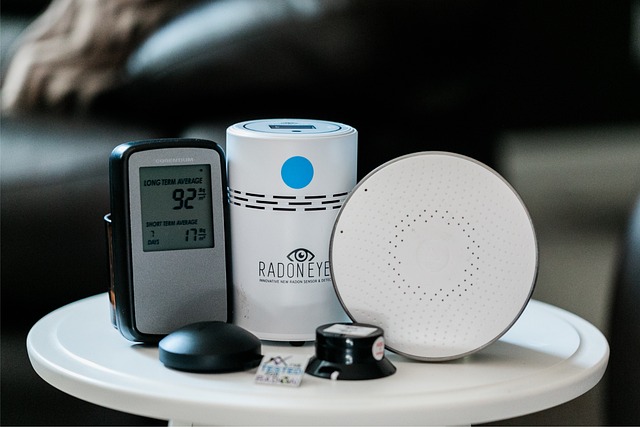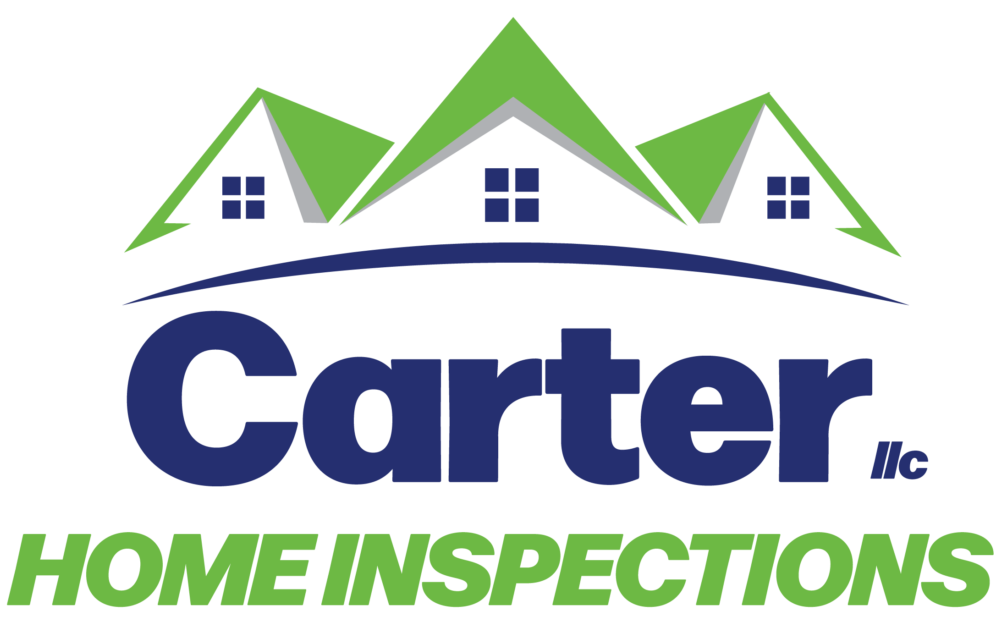When most homeowners think about indoor air quality, they tend to focus on dust, humidity, or mold. Few realize that one of the most serious environmental health risks can’t be seen, smelled, or tasted. That invisible threat is radon, a naturally occurring radioactive gas that can enter a home through cracks in foundations, gaps around plumbing, or even through well water.
Radon is formed when uranium in water, soil, and rock breaks down over time. Outdoors, it dissipates quickly and poses little concern. Indoors, however, it can accumulate, particularly in basements and crawl spaces. Long-term exposure to elevated radon levels has been directly linked to an increased risk of lung cancer, second only to cigarette smoking as a cause of the disease according to the U.S. Environmental Protection Agency (EPA).
Many homeowners in the South assume they’re not at risk because their region is considered “low” on national radon maps. That’s an understandable assumption—but it can be misleading. Radon levels can vary dramatically from one property to the next, even on the same street. Soil composition, ventilation, and construction details all influence how much radon seeps indoors. In some cases, a home in a so-called “low-risk” area can still test well above the EPA’s recommended action level of 4 picocuries per liter (pCi/L).

Testing brings peace of mind—and sometimes, early intervention.
A simple radon test, whether short-term or long-term, can identify if there’s a concern before it becomes a health hazard. Short-term kits are affordable and easy to use, while professional testing provides more detailed results. The process takes only a few days, and if elevated levels are found, mitigation systems can often reduce radon concentrations by up to 99%. These systems typically involve venting soil gases safely outside the home and sealing potential entry points.
Healthy home maintenance goes beyond what’s visible.
Even when a test reveals low or undetectable levels, homeowners gain valuable insight into their indoor environment. A radon test is a smart addition to regular home maintenance—much like checking smoke alarms or changing HVAC filters. It’s a proactive step toward ensuring that the air your family breathes is safe year-round.
In regions where humidity, shifting soils, and older construction are common, radon testing can also highlight hidden foundation issues that might otherwise go unnoticed. Sometimes, what begins as a routine radon check ends up preventing moisture intrusion or structural damage down the road.
Bottom line: Just because your area isn’t known for high radon doesn’t mean your home is automatically safe. A one-time test can provide lasting reassurance—and if needed, timely action can make your home safer, healthier, and more valuable for years to come.
